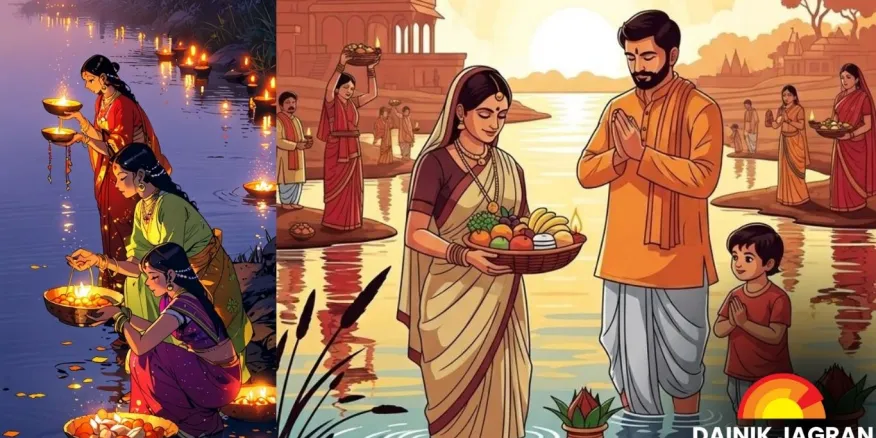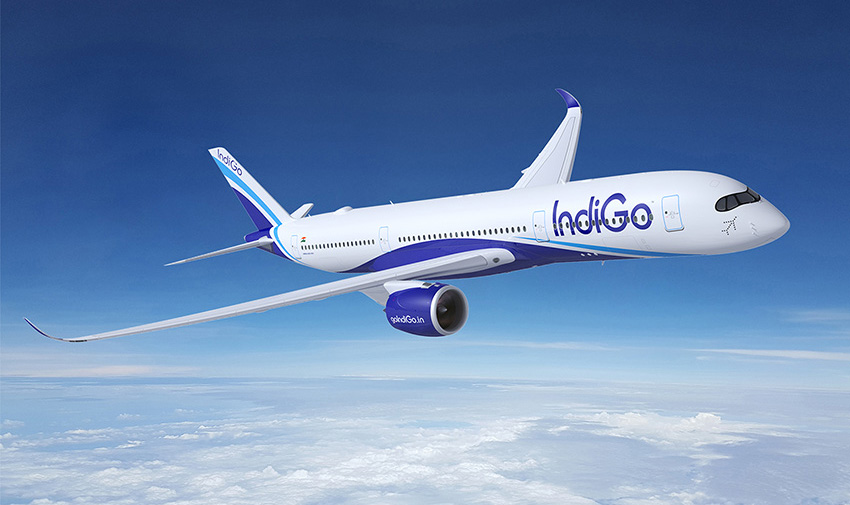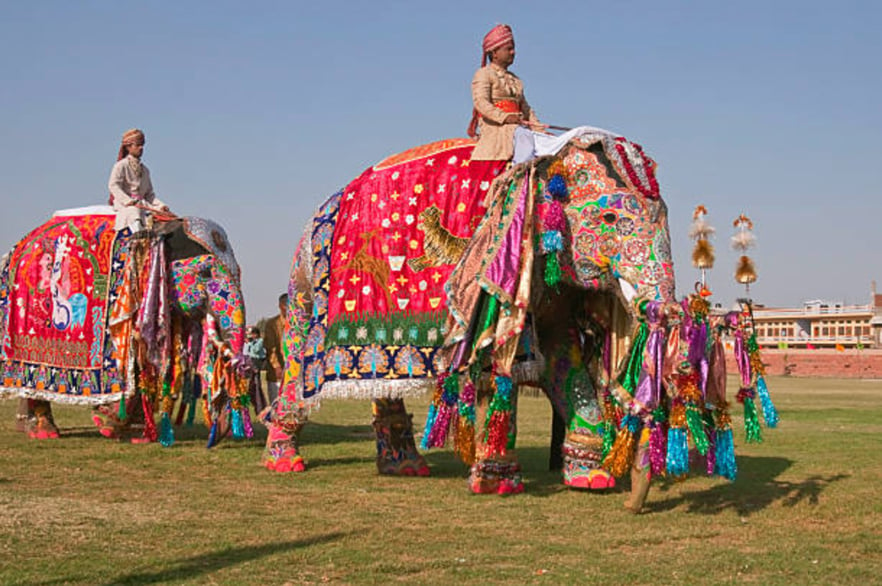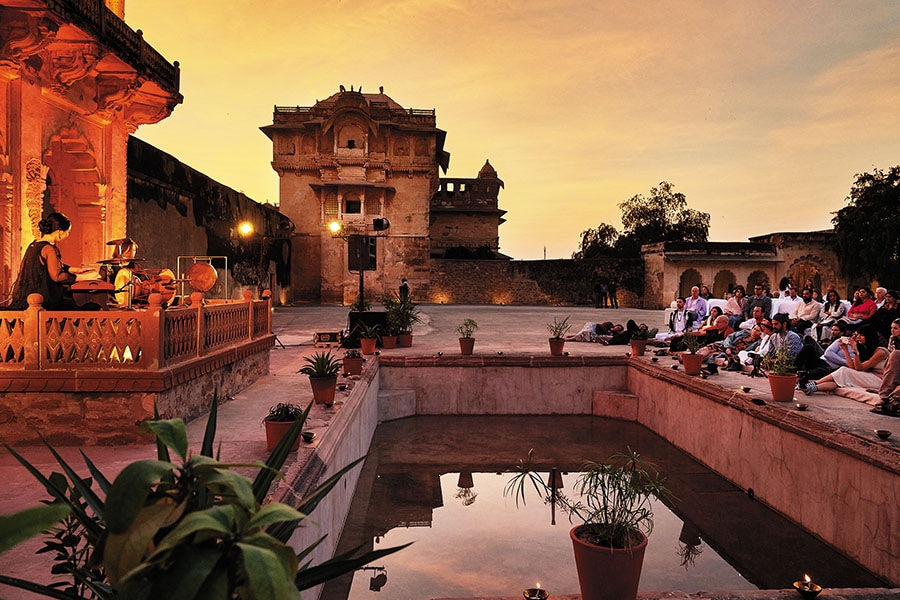Now Reading: The 10-Day Floating Lantern Festival in Thailand—A Glimpse into Tradition
-
01
The 10-Day Floating Lantern Festival in Thailand—A Glimpse into Tradition
The 10-Day Floating Lantern Festival in Thailand—A Glimpse into Tradition
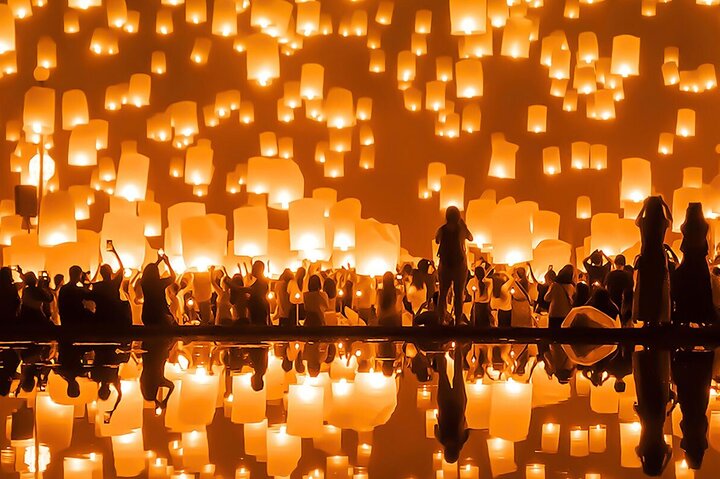
Thailand’s floating lantern festival is one of the most visually stunning events in Southeast Asia. For ten days, the night sky fills with glowing lanterns while rivers and lakes sparkle with floating lights. More than just a spectacle, the festival is deeply tied to Buddhist beliefs, local folklore, and community celebrations, making it a cultural event that continues to attract people from across the world.
The Spiritual Meaning
Known as Yi Peng and Loy Krathong, the lantern festival has roots in Buddhist practices. People release lanterns into the sky as a symbolic way of letting go of negativity, worries, and past troubles. The floating baskets, often decorated with flowers, incense, and candles, are offered to water deities, thanking them for abundance and seeking blessings for the future.
How the Festival is Celebrated
Over ten days, different regions of Thailand celebrate with unique customs. In Chiang Mai, thousands of lanterns rise together, creating a breathtaking view. In other towns, rivers are the main focus, with families gathering to release their krathongs. The festival also includes traditional dance performances, temple visits, and street food markets that add to the atmosphere.
Community and Tourism
While rooted in spirituality, the festival has also become a major tourist attraction. Local communities see it as both a cultural tradition and an economic boost. For residents in Tier 2 cities of India, the festival offers a striking parallel to local fairs and religious gatherings that combine devotion with community bonding.
A Celebration of Light and Renewal
The floating lantern festival is more than a visual delight—it is a ritual of renewal and hope. By blending faith, family traditions, and collective joy, Thailand’s ten-day celebration reminds us of the universal human desire to leave behind the old and welcome the new with light








